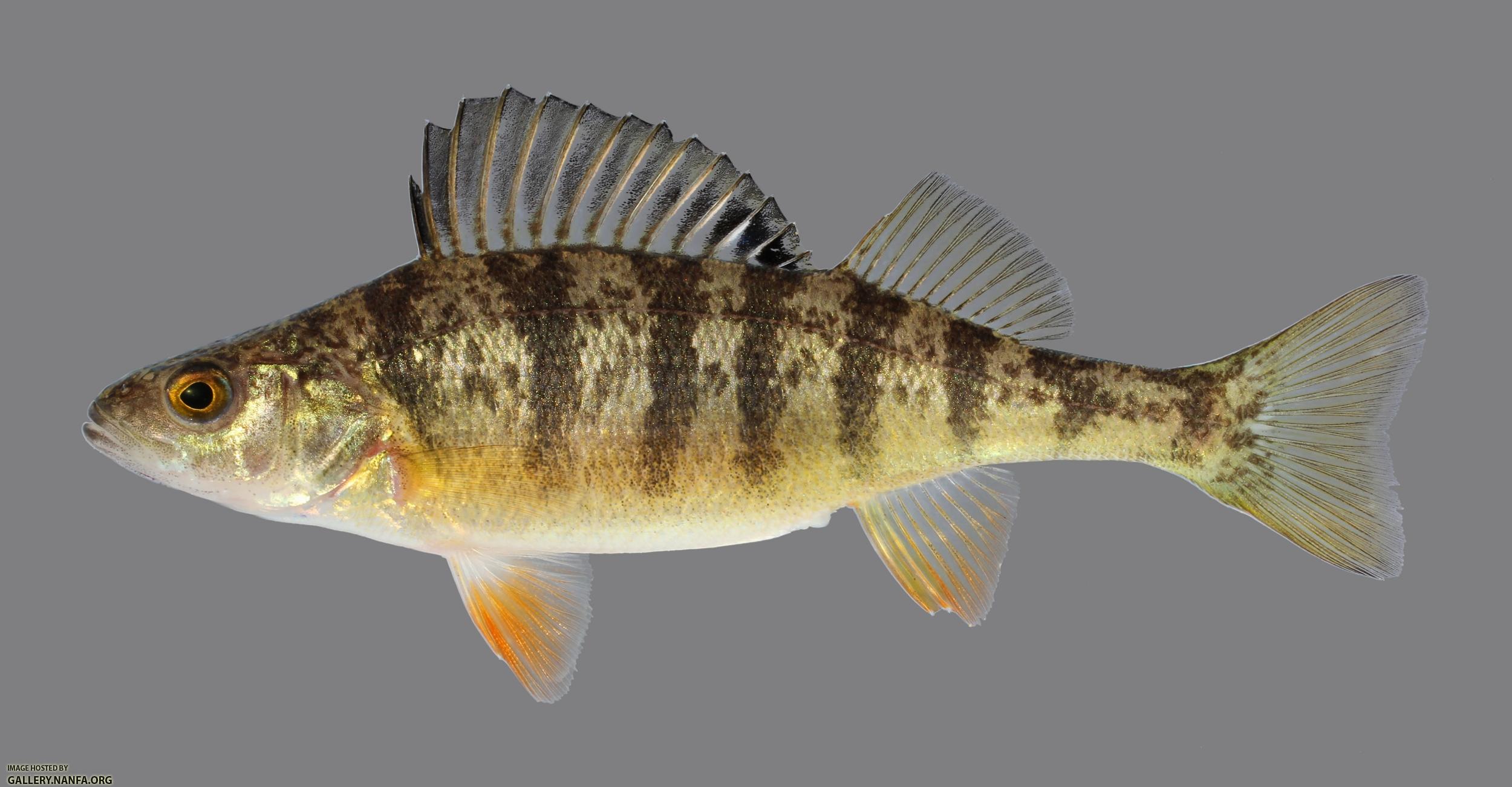Transcriptomic response to soybean meal-based diets as the frst formulated feed in juvenile yellow perch (Perca favescens)
Transcriptomic response to soybean meal-based diets as the frst formulated feed in juvenile yellow perch (Perca favescens)
Cite: Kemski, M.M., Rappleye, C.A., Dabrowski, K. et al. Transcriptomic response to soybean meal-based diets as the first formulated feed in juvenile yellow perch (Perca flavescens). Sci Rep 10, 3998 (2020). https://doi.org/10.1038/s41598-020-59691-z
General Information
Statistic information
| Content | Words | Ratio |
|---|---|---|
| Total Words | 3309 | 100% |
| Abstract | 171 | 5.17% |
| Introduction | 700 | 21.15% |
| Results | 939 | 28.38% |
| Discussion | 1499 | 45.30% |
| Conclusion | 163 | 4.93% |
Background
Synechogobius hasta:

(图片转自 nanfa.org,版权属于原作者)
Abstract
- Plant protein diet substitute became more and more common.
- Purpose of this paper.
- Experiment Design.
- Resutl
- Conclusion
Introduction
###P1: Is Soybean awesome?(BG information of Soybean meal)
Shortcomings:
- hgih carbohydrate levels
- isoflavones
- low methionine levels
- anti-nutritional factors
They can:
- impede protein digestion
- impair immune responses
- intestinal inflammation.
End: Yellow perch is one of the most sensitive species for this change.
P2: Impacts
It has more negative affects on juvenile fish than adults.
P3: Transcriptomic Studies
- Short period study: Lots of related studies have been down and show that the digestive and metabolic system were impaired.
- Long period(12 weeks) studies: Increased in immune related and inflammation related genes, and donw regulation of metabolic pathway.
P4
This Experiment is unique!!!
P4:G. carp is important. A: fast growth; B: fast growth & Diseases resist.
M&M
- Materials and methods
- Experimental fish and rearing conditions
- Sample collection
- Chemical analysis
- Transcriptome analysis
- Quantitative real-time PCR
- Statistical analysis
Results
- Feeding trial
- Transcriptomic responses
- Up-regulation of genes found in SBM fed fish
- Down-regulation of genes found in SBM fed fish
- Quantitative real-time PCR validation
- Whole body lipids and cholesterol analysis
Feeding trial
Survival Counts and Table
Transcriptomic responses
- Basic statistics and figures
Up-regulation of genes found in SBM fed fish
- Basic statistics and figures
Down-regulation of genes found in SBM fed fish
- Basic statistics and figures
Quantitative real-time PCR validation
General Statement
Whole body lipids and cholesterol analysis
Discussion
P1 Introduction
- Plant protein is imperative
- Potential utility: optimal feeds
- Previous studies has
P2
BG information (PS: I don’t think this paragraph is needed…)
P3
Weight are not significantly different. Acceptance diet.
P4 Intestine
Previous studied revealed three different regions of intestine. And the mid region is the target. (PS: Does the author try to show that this design of the experiment is appropriate or??)
P5 Up-regulated gene in mid gut
- cholesterol biosynthesis
- cholesterol is only found in animal materials.
- cholesterol intake was impaired by phytosterols.
P6 Cholesterol Biosynthesis
- genes, rate-controlling enzyme ware up-regulated.
- Increasing the synthesis of cholesterol to matain the homeostasis.
P7 Growth Performance
- Reduced cholesterol levels can cause a reduction in growth
- Support cholesterol to improving growth.
- cholesterol synthesis is a high energy expenditure.
- Compounds are highly involved in fatty acid
P8 lipid
- Gene involved in lipid metabolism and transport were up-regulated.
- This change is involved in cholesterol homeostasis.
- The change happens in intestine as well as livers compared with previous experiment.
P9 Over Overall
- Despite the changes, the total body lipid doesn’t have a significantly different after 61 days of feeding.
- So as the cholesterol.
- Increased cholesterol biosynthesis is compensated the lower diet intake.
- This result is different from a study done in rainbow trout.
- Plasma cholesterol content reduces in European seabass and Atlantic salmon with SPM feeding.
- Explain: excess cholesterol in the body is stored
Conclusion
Though, total weight and lipid are not significantly changed between two groups is because some how the fish compensated the different, like de novo cholesterol.
It is one of the first study that … main the growth.
biosynthesis
Related papers:
Morais S, Pratoomyot J, Taggart JB, Bron JE, Guy DR, Bell JG, Tocher DR (2011b) Genotype-specific responses in Atlantic salmon (Salmo salar) subject to dietary fish oil replacement by vegetable oil: a liver transcriptomic analysis. BMC Genomics 12:255
Morais S, Edvardsen RB, Tocher DR, Bell JG (2012a) Transcriptomic analyses of intestinal gene expression of juvenile Atlantic cod (Gadus morhua) fed diets with Camelina oil as replacement for fish oil. Comp Biochem Physiol B Biochem Mol Biol 161:283–293.
Tacchi L, Secombes CJ, Bickerdike R, Adler MA, Venegas C, Takle H, Martin SA (2012) Transcriptomic and physiological responses to fishmeal substitution with plant proteins in formulated feed in farmed Atlantic salmon (Salmo salar). BMC Genomics 13:363
Related Notes:
Transcriptomic response to soybean meal-based diets as the frst formulated feed in juvenile yellow perch (Perca favescens)
https://karobben.github.io/2020/07/07/LearnNotes/Paper_RNASeq_Fish4/







